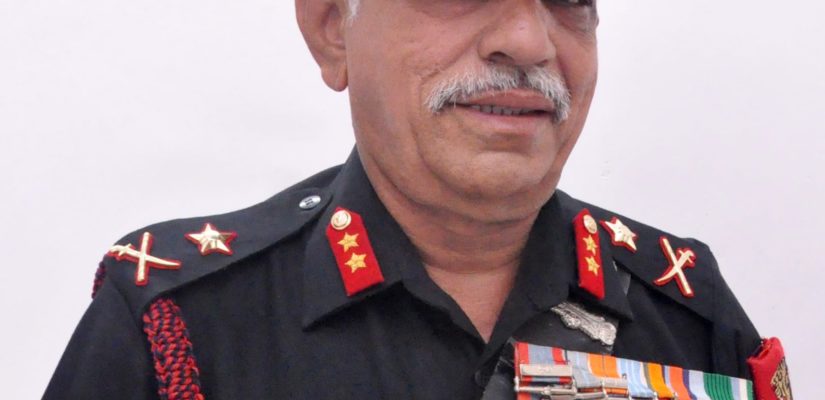
Indo-Iran relations must rebound Tehran Times 04 Oct 2020
https://icdt.ir/indo-iran-relations-must-rebound/
The recent visits to Iran by senior Indian ministers, Rajnath Singh, defence, and S Jaishankar, external affairs, are steps to put Indo-Iran relationship back on a level track. A statement by the Indian defence ministry post the visit of Rajnath read, the two leaders discussed, ‘ways to take forward bilateral cooperation and exchanged views on regional security issues, including peace and stability in Afghanistan.’ It is not that the relationship had moved onto a wayward track, however changes in the global environment had led to some level of cooling, which needed to be reset.
Both nations have taken pains to balance their relations despite adversarial diplomatic ties. India’s proximity to Arab nations, US and Israel have never come in the way of its ties with Iran. Iran has never let its tensions with these nations impact its ties with India. Economic cooperation, energy and connectivity primarily define India-Iran relations.
There are also close cultural and religious ties between the two countries. Indian pilgrims regularly visit Iran, while many Iranians visit India during the Nowruz festival. Iran also hosts a fair number of Indian students. Both nations cooperated to move residents out safely during the pandemic. The Iranian Ambassador to India, Ali Chegeni, stated in an interview in Apr this year, ‘citizens of both countries have been engaging in a deep-rooted people-to-people contacts for different purposes, I am happy to say that Indians have always been respected and warmly welcomed by Iranian people and the government.’
Apart from collaborating closely on the Chabahar port, both regularly discuss the current scenario and possible options for a future government in Afghanistan. With the US pulling out of Iraq and Afghanistan, both neighbours of Iran, there are bound to be other players moving into the region, some of whom could be detrimental to the interest of either of the two or both.
Both countries face a common terrorist threat, emanating from Pakistan. Pakistan backs and funds anti-Iran terrorist groups, Jaish ul-Adl and Harkat Ansar Iran, based in Baluchistan, while accusing Iran of supporting Baluch resistance groups, a claim it has never proved. Pakistan also houses multiple terrorist groups operating in Kashmir. It simultaneously accuses India of funding Baluch terrorist groups through Iran and Afghanistan. Security cooperation is therefore natural between the two countries.
The top leadership have also been in close contact. The Indian Prime Minister and the Iranian President have interacted on multiple occasions, Modi’s visit to Iran in May 2016, Hasan Rouhani’s visit to India in Feb 18 and meeting on the side lines of the of the UN General Assembly last year. For India, Iran has been considered as the gateway into Afghanistan and Central Asia and for Iran, India is a major trading partner (impacted by sanctions currently) and an investor in its development.
Indo-Iranian ties were cemented by the Chabahar port project signed in 2016. The Phase 1 of the Shahid Beheshti Port was inaugurated in December 2017 by the Iranian President. It opened a new transport corridor which connected India, Iran and Afghanistan. In Dec 2018, Chabahar port was operationalised. India sent its first consignment of wheat to Afghanistan in Oct 2017 and in Feb 2019, the first Afghan exports to India came through this port. As per reports, the port has, till Jun this year, handled 82 vessels, 12 lakh tonnes of bulk cargo and 8, 200 containers.
A controversy did rise on the construction of the Chabahar-Zahedan railway line, which was to be constructed by the Indian Railways Construction Company. There were reports in the Iranian press which stated that India was out of the project. Clarifications were later issued proving these reports to be false. While the present status of the project is slow, it is bound to pick up momentum once teething issues are resolved.
There have been stumbling blocks in the Chabahar project and Indo-Iran ties mainly due to US sanctions and the pandemic. Sanctions and the pandemic have led to hesitation on the part of private players to be involved in construction of the port, adding to delays. Prior to U.S. sanctions, India was Iran’s second largest oil importer. Post the sanctions Indian oil imports from Iran dipped to $1.35 billion from $13 billion in 2018-19. Similar has been the impact on Indian exports. Iran was always a major market for India’s agricultural products. In an interview to the Tehran Times, the Indian ambassador to Iran stated that the two countries have discussed options of resorting to barter trade to bypass sanctions, however, there has not been much success.
India did express concerns on Chinese investments in Iran. In the recent visit, the Iranian leadership would have conveyed that Sino-Iran relations and investment agreements do not clash with Indian investments in Iran and there are no stumbling blocks in Indian investments and joint ventures with Iran.
However, Chinese investments come with riders, which the Iranian government and people must carefully consider prior to implementation. While the deal is expected to be finalized only by March 2021, there are already voices within Iran, criticizing the deal. Currently, Iran would be negotiating from a position of weakness due to US sanctions, however it needs to look ahead. The world has witnessed examples of Sri Lanka, Maldives, Kenya and Pakistan being sucked into high debt impacting national assets or its economy. Iran has natural resources which China may seek to exploit. There is a possibility of a change in US approach post its elections, hence it would suit Iran to further discussion with China.
Past cooperation between India and Iran included maritime security, terrorism, and organized crime. Regional proximity, close cultural and religious ties, economic integration as also common security threats make it imperative for Indo-Iran ties to grow beyond current challenges and slowdowns.